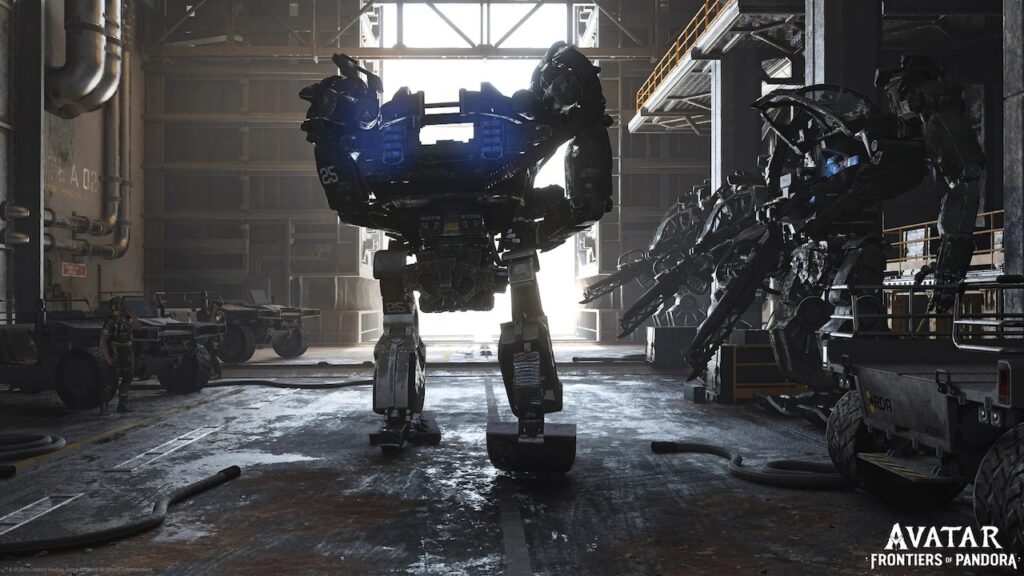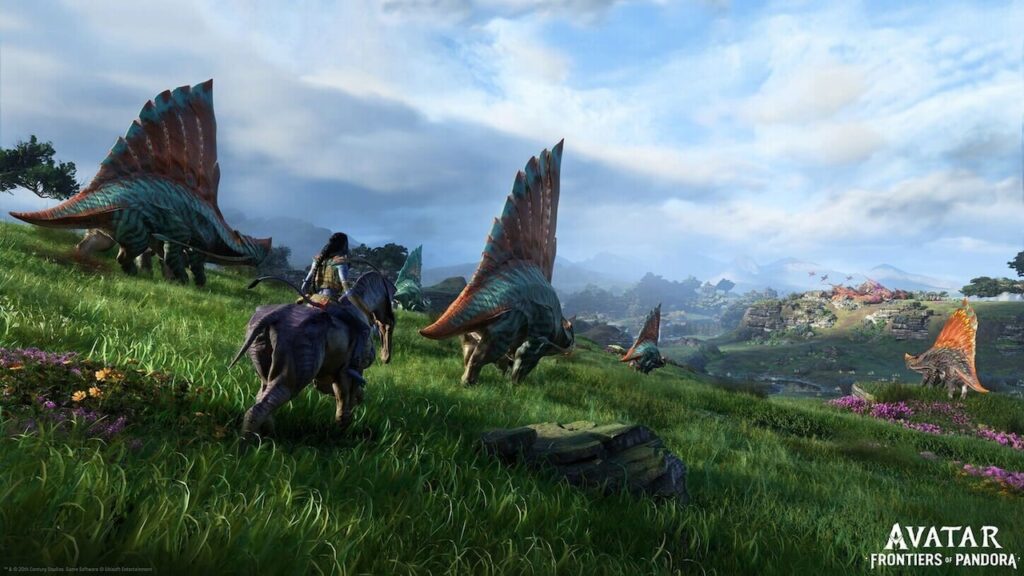NEW YORK (OSV News) — Audiences were captivated by Canadian filmmaker James Cameron’s 2009 science fiction fantasy “Avatar,” which eventually became the highest-grossing feature of all time. Fifteen years and one big-screen sequel later, the resulting multimedia franchise continues to expand.
“Avatar: Frontiers of Pandora” (Ubisoft) is an open-world action-adventure game that takes place concurrently with the movies. Its narrative, however, tells a standalone tale. While the experience as a whole is safest for grown-ups, it may also be acceptable for older adolescents.
Players assume the identity of an unnamed but youthful member of the Na’vi, as the species of blue-hued beings native to the fictional moon Pandora are known. This protagonist was formerly a student at a residential school run by the villainous Resources Development Administration (RDA), the Earth-based organization spearheading the effort to colonize Pandora.

Ostensibly, the RDA was training Na’vi kids to be ambassadors to humankind. In fact, the children were kidnapped from their clans and forced to become soldiers. After the defeat of the RDA at the end of the original film, members of the school’s faculty decide that the now-adult students are a liability.
The Na’vi fight back and take refuge inside a cryogenic chamber where they are awakened 16 years later by resistance fighters and join their efforts to send the RDA packing. It is a fight not only for their lives, but also for their culture and identity. Resistance efforts include many different Na’vi tribes as well as human allies.
Combat is straightforward as characters use arrows, guns and explosives to fight against aggressive enemies. While the bloody effects are relatively restrained, some of the cutscenes can be intense — as, for instance, when gamers witness a Na’vi child being slain by gunfire.
The dialogue, moreover, includes occasional vulgar language. But the pantheistic goddess worship practiced by the Na’vi is far less prominent here than in the movies.
The world of Pandora is luscious and verdant, with some of the most advanced ecosystems seen in gaming. Players will enjoy the opportunity to explore its flora and fauna, as they pass through thick jungles to sprawling plains.
Hunting, gathering, cooking and crafting are all essential aspects of gameplay, along with hacking power systems or conducting forensic investigations for clues.
Unfortunately, the storytelling isn’t exceptionally strong, as many of the characters would have benefitted from more substantial development. Still, gamers will likely appreciate the detailed environment as well as the vast amounts of new lore disclosed.
It’s interesting to note the correlation between the residential schools of Pandora and similar real-world institutions in which Native people were subjected to separation from their families and programs of reeducation designed to facilitate their assimilation into white society. That analogy could form the basis for a useful family discussion.
Playable on PlayStation 5, Xbox Series and Windows.
The game contains mostly stylized violence with some gore, partial nudity, references to nonscriptural beliefs and a few crude expressions. The OSV News classification is A-III — adults. The Entertainment Software Rating Board rating is T — Teen.

